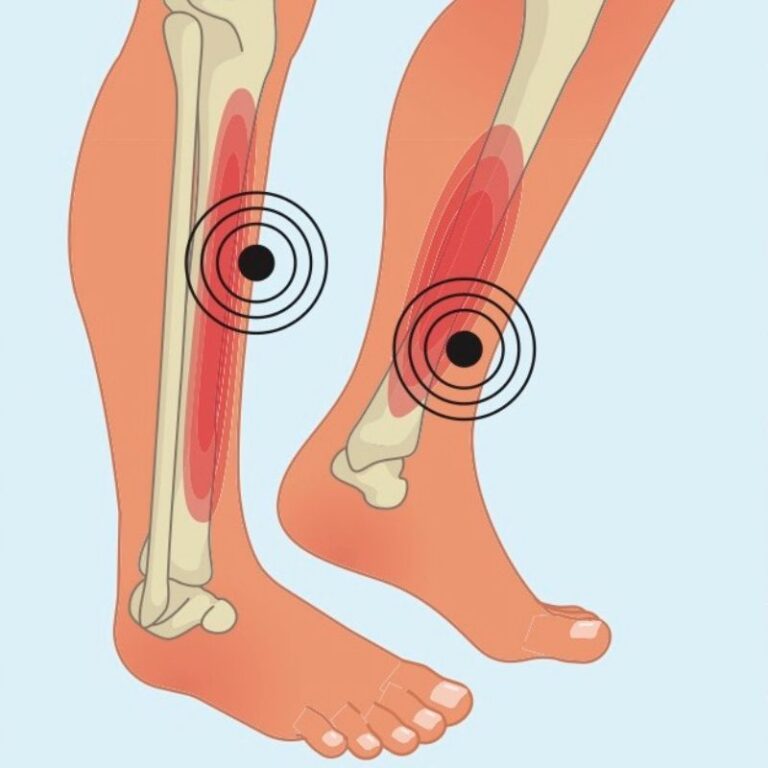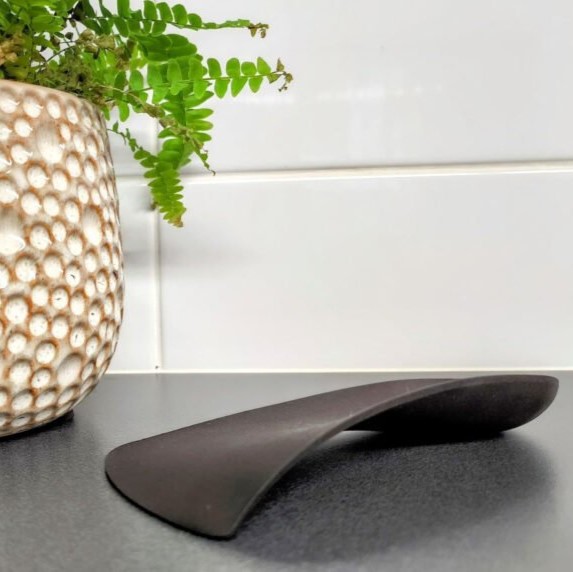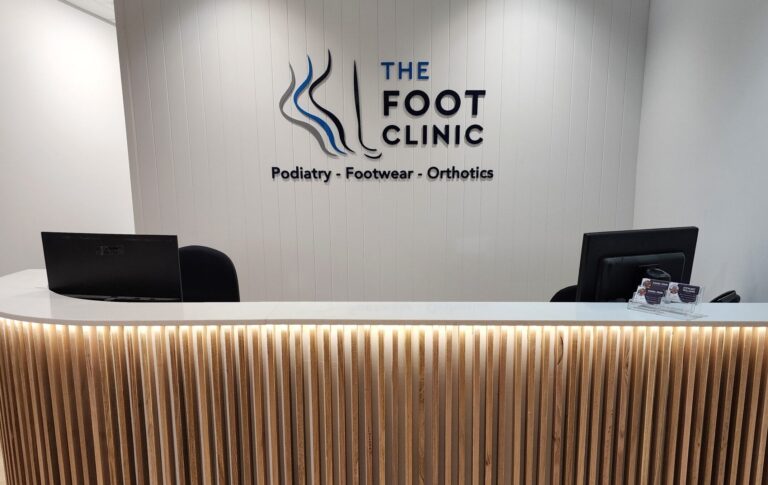Leg Pain
Is it just Shin splints
Symptoms
Pain or discomfort in the lower leg, often described as aching, burning, or sharp
Swelling or tenderness along the shin or calf
Muscle tightness or cramping
Difficulty walking or standing for long periods
Pain that worsens with activity and improves with rest


Causes
Shin Splints: Common among runners and athletes, shin splints are caused by inflammation of the muscles, tendons, and bone tissue around the tibia. They often result from overuse, improper footwear, or sudden increases in physical activity.
Stress Fractures: Tiny cracks in the tibia or fibula, typically caused by repetitive stress or overuse. Stress fractures are common in runners and can cause localized pain that worsens with activity.
Compartment Syndrome: A condition where pressure within the muscles builds to dangerous levels, restricting blood flow and causing severe pain. It can be acute, often due to trauma, or chronic, resulting from repetitive exercise.
Achilles Tendonitis: Inflammation of the Achilles tendon, which connects the calf muscles to the heel bone. This condition causes pain at the back of the leg, near the heel, and is often due to overuse or improper footwear.
Deep Vein Thrombosis (DVT): A blood clot in a deep vein, usually in the leg, can cause pain, swelling, and tenderness. DVT is a serious condition requiring immediate medical attention.
Treatment
Rest and Ice: Reducing activity and applying ice can help alleviate inflammation and pain, particularly in cases of shin splints or tendonitis.
Custom Orthotic Devices: We design custom orthotics to address specific biomechanical issues that may be contributing to lower leg pain. These orthotics provide support and help redistribute pressure, reducing strain on the lower leg muscles and tendons.
Compression Therapy: Compression garments can help reduce swelling and support circulation, particularly in cases of DVT or chronic venous insufficiency.
Strength & Conditioning: Strengthening and stretching exercises, along with manual therapy, can help address muscle imbalances, improve flexibility, and promote healing.
Anti-inflammatory Medications: NSAIDs can reduce pain and inflammation associated with lower leg conditions.


Non-Conservative Treatment
If the above interventions haven’t been successful your podiatrist may recommend more invasive forms of treatment including the following:
Surgical Intervention: In severe cases, such as chronic compartment syndrome or unhealed stress fractures, surgery may be required to relieve pressure or stabilize the bone.
We Fix
Lower leg pain generally improves with conservative treatment, though recovery time varies based on the cause. Shin splints and mild cases of tendonitis typically resolve within 4-6 weeks with proper care, while stress fractures may take longer to heal. Early intervention, combined with the use of custom orthotics and physical therapy, can significantly improve outcomes and prevent recurrence. For more information book an appointment with one of our expert podiatrists today.

